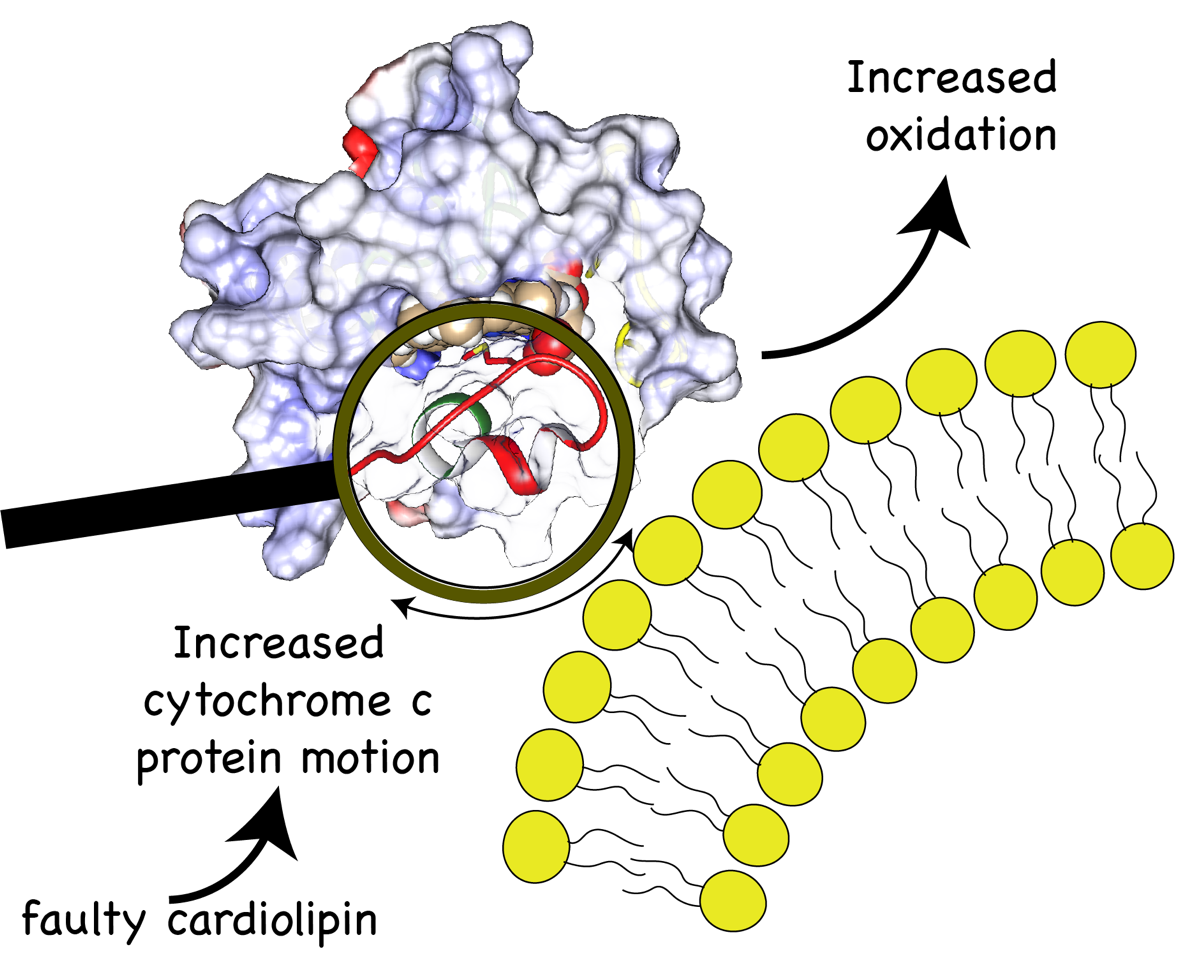Materiaalonderzoeker vindt aanwijzing voor behandeling erfelijke ziekte
Patrick van der Wel is associate professor in Vaste Stof NMR bij het Zernike Instituut voor materiaalonderzoek van de RUG Hij kan meten hoe atomen in een materiaal met elkaar verbonden zijn, wat inzicht geeft in de structuur ervan. Deze techniek gebruikt hij om nieuwe materialen voor zonnepanelen te onderzoeken, maar ook voor biomaterialen. Op die manier heeft Van der Wel bijgedragen aan een artikel dat op 23 november is gepubliceerd in het wetenschappelijke tijdschrift Nature Metabolism en hielp hij om de oorzaak te vinden van een dodelijke stofwisselingsziekte, Barth syndroom. En om een stap richting een geneesmiddel te zetten.
FSE Science Newsroom | René Fransen
Bij patiënten met Barth syndroom gaat er iets mis in de energiefabriekjes van de cel, de mitochondriën. Dat zorgt voor slappe spieren, inclusief de hartspier. Omdat er geen geneesmiddel of gerichte behandeling is voor deze erfelijke ziekte sterven de patiënten vaak vroegtijdig. Er zijn wereldwijd een paar honderd families waarin Barth syndroom aanwezig is. De oorzaak ervan ligt in een gen met de naam taffazin. Dit zorgt voor de aanmaak van een enzym dat een rol speelt bij de productie van zogeheten cardiolipines, moleculen die alleen voorkomen in de mitochondriën. Maar wat er precies misgaat was niet bekend.

Energiefabriekjes
Van der Wel werkt al langer aan het bestuderen van lipiden uit mitochondriën met onderzoekers van de universiteit van Pittsburgh (VS) onder leiding van prof. Valerian Kagan. Hij was zelf enige tijd verbonden aan die universiteit. Zijn collega’s kwamen met een hypothese voor de fundamentele oorzaak van Barth syndroom: afwijkende cardiolipine moleculen zouden binden aan het eiwit cytochroom c, en zo een complex vormen dat de lipiden in de mitochondriën oxideert. Dit beschadigt de energiefabriekjes, waardoor ze niet goed meer werken. Via genetica, computersimulaties, biochemische experimenten en de vaste stof NMR van Van der Wel probeerde het internationale team dit idee te bewijzen.
‘We hebben verschillende technieken gebruikt om het complex te onderzoeken, en één daarvan was de vaste stof NMR’, vertelt Van der Wel. Deze NMR techniek is verwant aan de bekendere MRI scan die je in het ziekenhuis kunt krijgen. Die werkt kort gezegd zo: met elektromagnetische straling worden atomen in een monster aan het trillen gebracht, een beetje zoals een stemvork wordt aangeslagen. Elk atoom produceert hierdoor zijn eigen ‘toon’, die bovendien beïnvloed wordt door verbindingen met andere atomen. Op deze manier toont de techniek welke atomen aan elkaar vast zitten, en daarmee kan Van der Wel de structuur van een molecuul achterhalen.
Dynamiek
Zo kon hij in dit geval laten zien hoe verkeerd gevormd cardiolipine inderdaad kan leiden tot een oxiderend complex. ‘Het mooie van vaste stof NMR is dat het bovendien de dynamiek van moleculen toont’, zegt Van der Wel. ‘Normaal gesproken is cytochroom c een stijf molecuul, maar in het complex wordt het veel slapper. Die verandering zorgt voor de oxidatie van lipiden in de membraan van de mitochondriën, wat schadelijk is.’ En dat is niet alles, Van der Wel kon ook aantonen dat een middel dat de toestand van fruitvliegjes met Barth syndroom verbetert contact maakt met cytochroom c. Ook de andere technieken die bij het onderzoek zijn gebruikt laten dit zien.
(tekst gaat verder onder de illustratie)

Teamprestatie
Op deze manier hebben de wetenschappers de fundamentele oorzaak van Barth syndroom opgehelderd, en ook een mogelijke behandeling met succes getest in een diermodel. De weg naar een behandeling voor mensen is nog lang, maar Van der Wel en zijn collega’s hebben een flinke vooruitgang geboekt. De volgende stap is om het complex dat dit alles veroorzaakt in meer detail te bestuderen. Dit zal helpen bij het ontwikkelen van een geneesmiddel dat bij mensen is te gebruiken.
Van der Wel benadrukt dat dit onderzoek een echte teamprestatie was. ‘Ons artikel is het resultaat van de gecombineerde expertise van een groot aantal wetenschappers.’ Bovendien laat het zien hoe fundamenteel onderzoek kan helpen bij het oplossen van zeer praktische problemen, zoals het mechanisme achter een ziekte. ‘Vaste stof NMR is een van de weinige methoden om er achter te komen hoe dat complex van cardiolipine met cytochroom c eruit ziet. Op die manier kan ons laboratorium voor materiaalonderzoek waardevolle informatie leveren over een biomedisch probleem.’
Referentie: Valerian E. Kagan et al: Anomalous peroxidase activity of cytochrome c is the primary pathogenic target in Barth syndrome . Nature Metabolism, 23 november 2023.
Meer nieuws
-
11 december 2025
Stormachtige planeten en een onverwachtse atmosfeer
-
09 december 2025
Faculty of Impact Grant voor nieuwe behandeling hersenkanker

